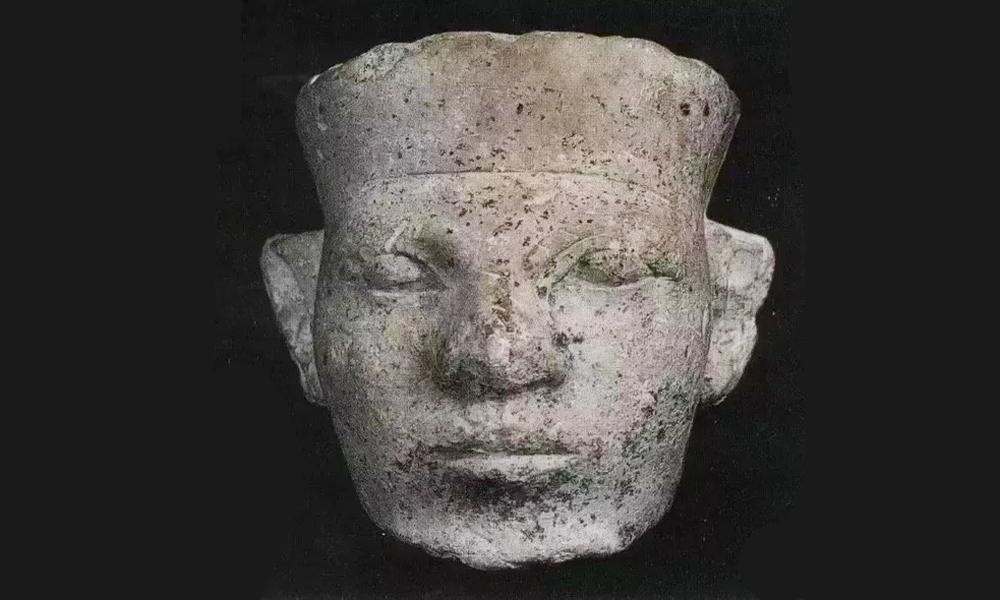
-
Published: 25 January 2023

25-Jan.-2023
Edited by| Alexander yanixana
The Early Dynastic Period or Archaic Period, also known as the Thinite Period (from Thinis, the supposed hometown of its rulers),
is the era of ancient Egypt that immediately follows the unification of Upper and Lower Egypt in c. 3150 BC. It is generally taken to include the First Dynasty and the Second Dynasty, lasting from the end of the archaeological culture of Naqada III until c. 2686 BC, or the beginning of the Old Kingdom. With the First Dynasty, the Egyptian capital moved from Thinis to Memphis, with the unified land being ruled by an Egyptian god-king. In the south, Abydos remained the major center of ancient Egyptian religion; the hallmarks of ancient Egyptian civilization, such as Egyptian art, Egyptian architecture, and many aspects of Egyptian religion, took shape during the Early Dynastic Period.
Before the unification of Egypt, the land was settled with autonomous villages. With the early dynasties, and for much of Egypt's history thereafter, the country came to be known as "The Two Lands" (referencing Upper and Lower Egypt). The pharaohs established a national administration and appointed royal governors, and buildings of the central government were typically open-air temples constructed of wood or sandstone. The earliest Egyptian hieroglyphs appear just before this period, though little is known of the spoken language that they represent.
By about 3600 BC, Neolithic Egyptian societies along the Nile had based their culture on the raising of crops and the domestication of animals.[3] Shortly after 3600 BC Egyptian society began to grow and advance rapidly toward refined civilization. New and distinctive pottery, which was related to the pottery in the Southern Levant, appeared during this time. Extensive use of copper became common during this period. The Mesopotamian process of sun-dried bricks, and architectural building principles—including the use of the arch and recessed walls for decorative effect—became popular.
Concurrent with these cultural advances, a process of unification of the societies and towns of the upper Nile River, or Upper Egypt, occurred. At the same time, the societies of the Nile Delta, or Lower Egypt also underwent a unification process. Warfare between Upper and Lower Egypt occurred often. During his reign in Upper Egypt, King Narmer defeated his enemies on the Delta and merged both the Kingdom of Upper and Lower Egypt under his single rule. Narmer is shown on palettes wearing the double crown, composed of the lotus flower representing Upper Egypt and the papyrus reed representing Lower Egypt - a sign of the unified rule of both parts of Egypt which was followed by all succeeding rulers. In mythology, the unification of Egypt is portrayed as the falcon god, called Horus and identified with Lower Egypt, as conquering and subduing the god Set, who was identified with Upper Egypt. Divine kingship, which would persist in Egypt for the next three millennia, was firmly established as the basis of Egypt's government. The unification of societies along the Nile has also been linked to the end of the African humid period.
Funeral practices for the peasants would have been the same as in predynastic times, but the rich demanded something more. Thus, the Egyptians began construction of the mastabas which became models for the later Old Kingdom constructions such as the step pyramid. Cereal agriculture and centralization contributed to the success of the state for the next 800 years.
It seems certain that Egypt became unified as a cultural and economic domain long before its first king ascended to the throne in the lower Egyptian city of Memphis. Political unification proceeded gradually, perhaps over a period of a few centuries, as local districts established trading networks and as the ability of their governments to organize agricultural labor on a larger scale increased. Divine kingship may also have gained spiritual momentum as the cults of gods like Horus, Set, and Neith associated with living representatives became widespread in the country.
It was also during this period that the Egyptian writing system was further developed. Initially, Egyptian writing had been composed primarily of a few symbols denoting amounts of various substances. By the end of the 3rd dynasty, it had been expanded to include more than 200 symbols, both phonograms, and ideograms.
